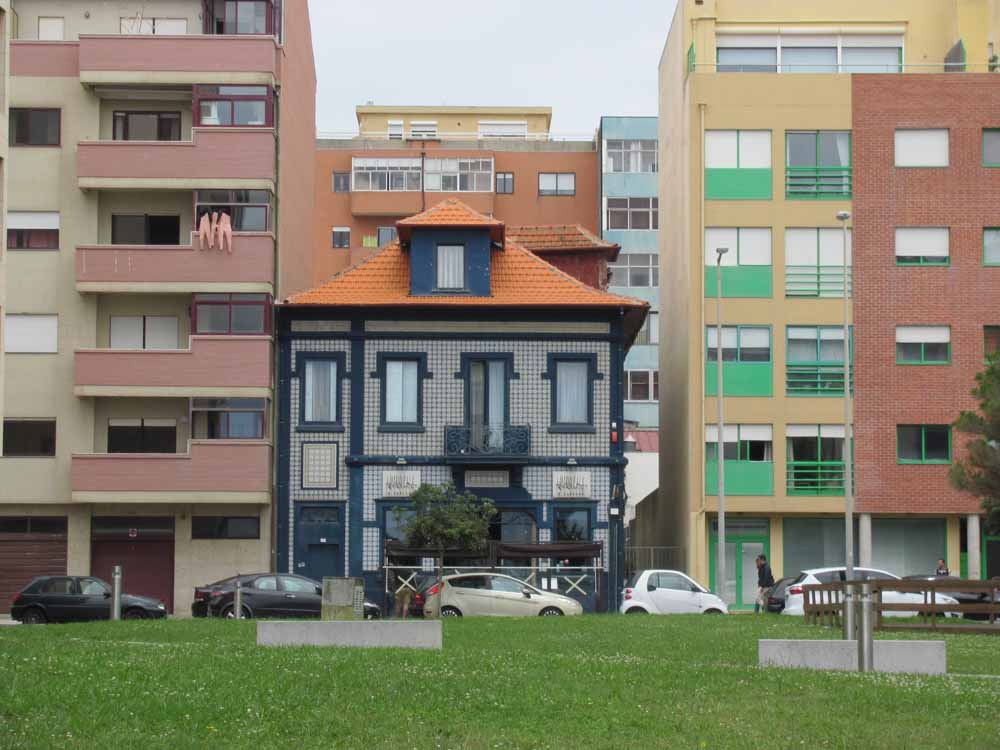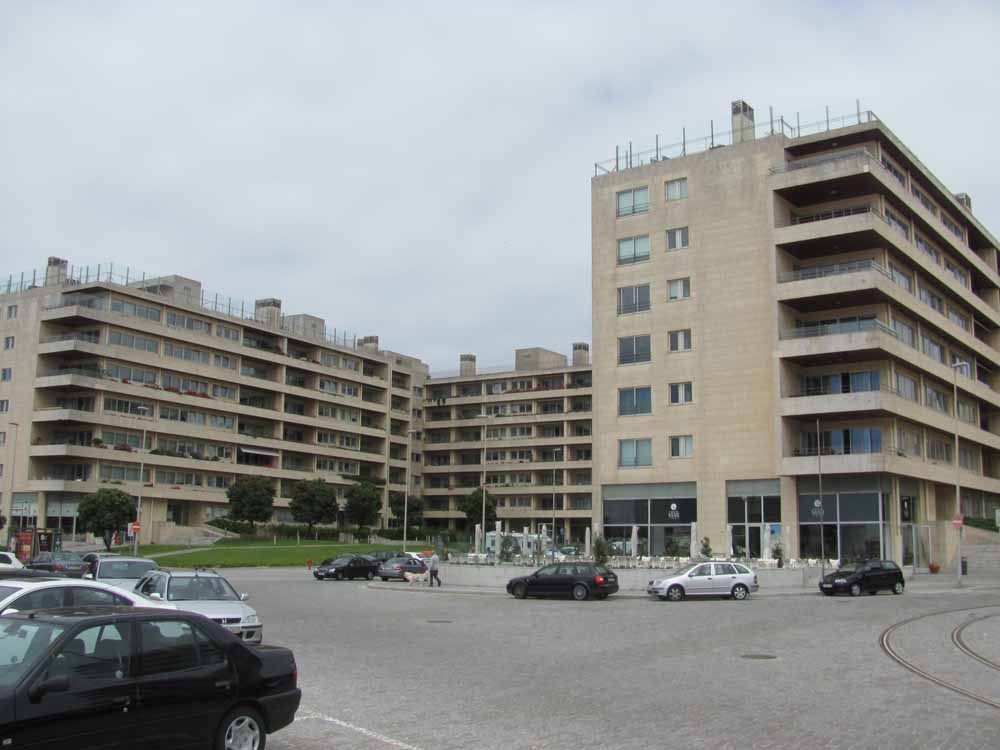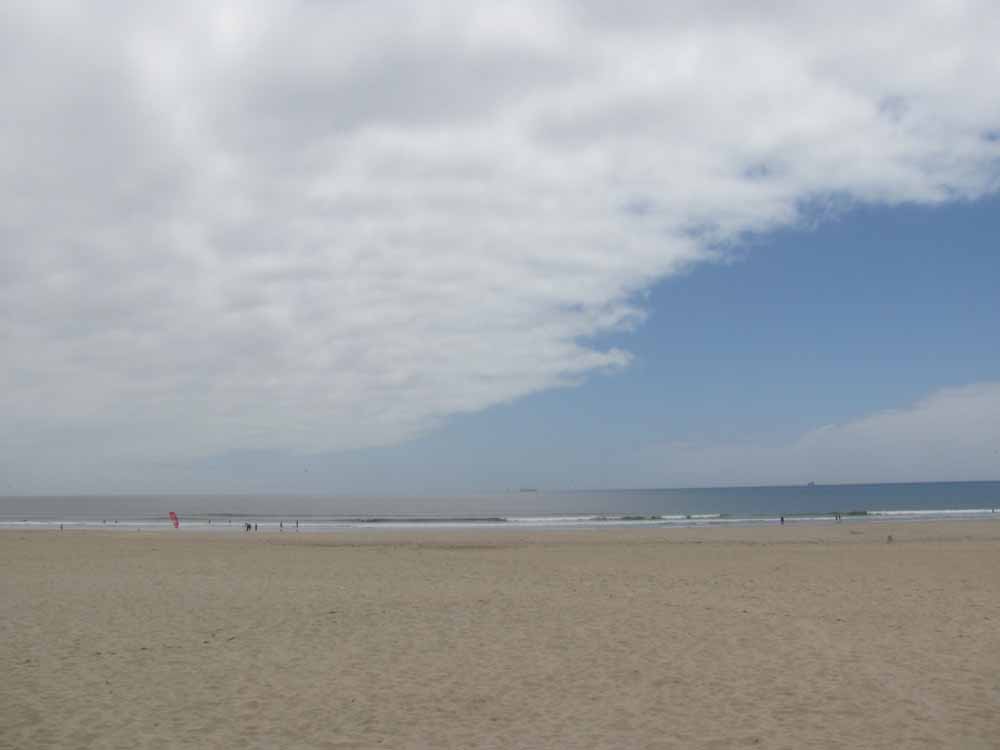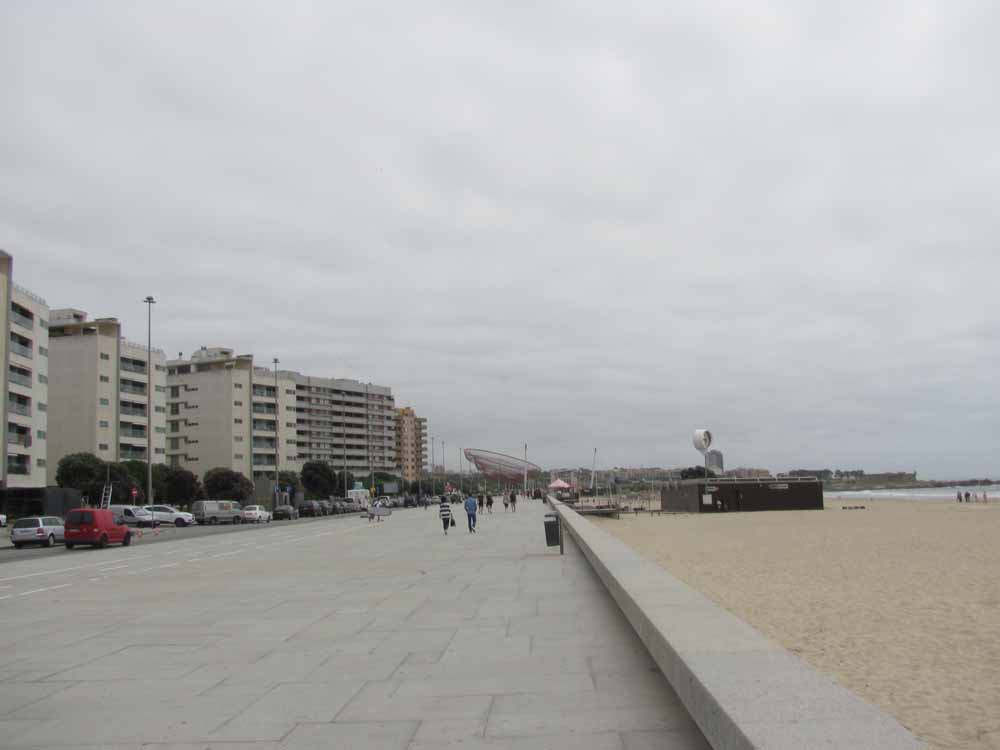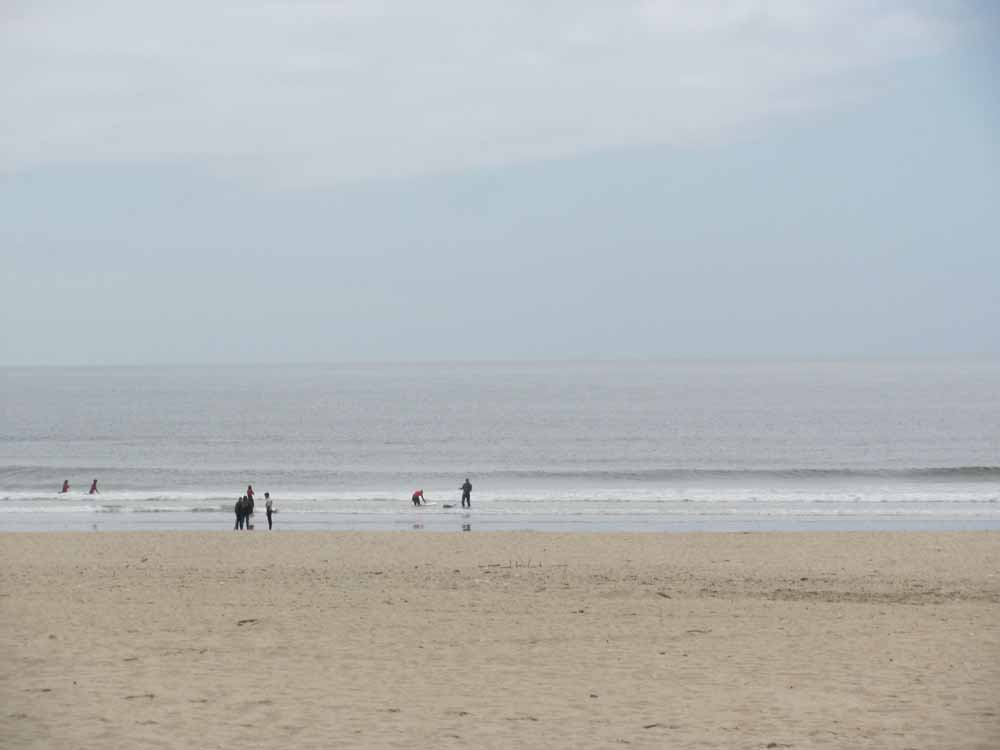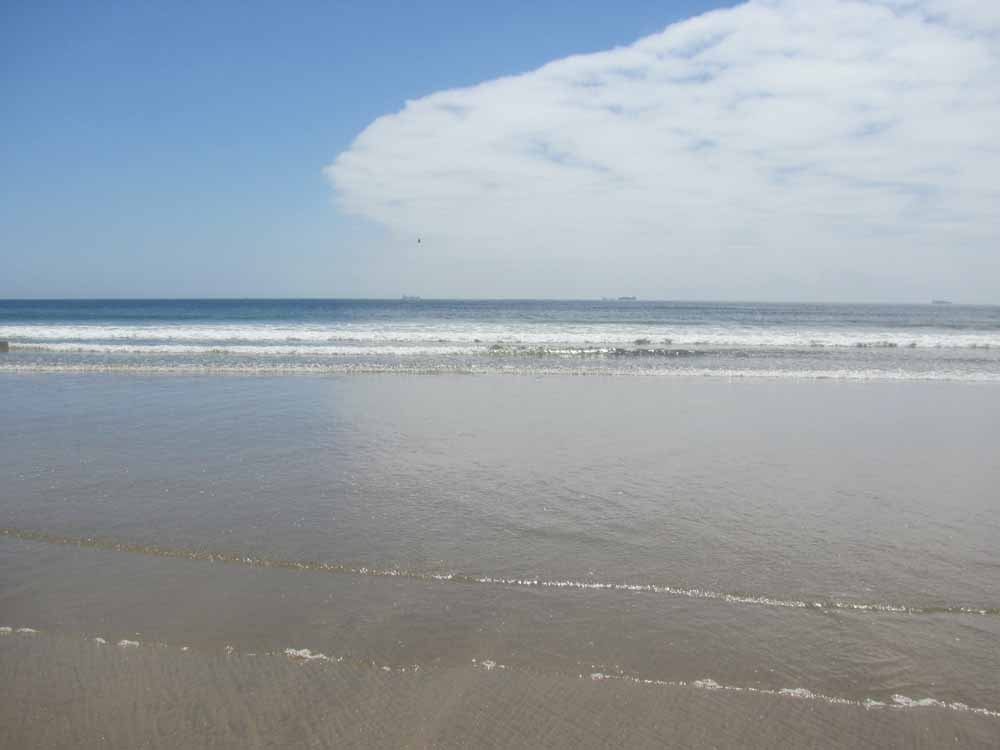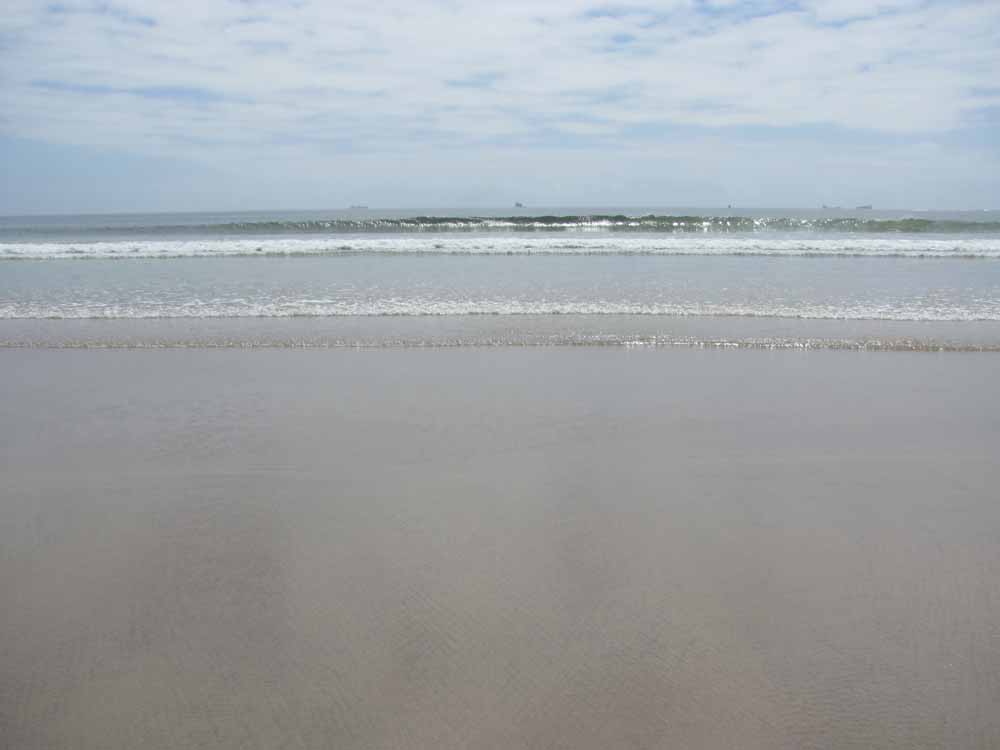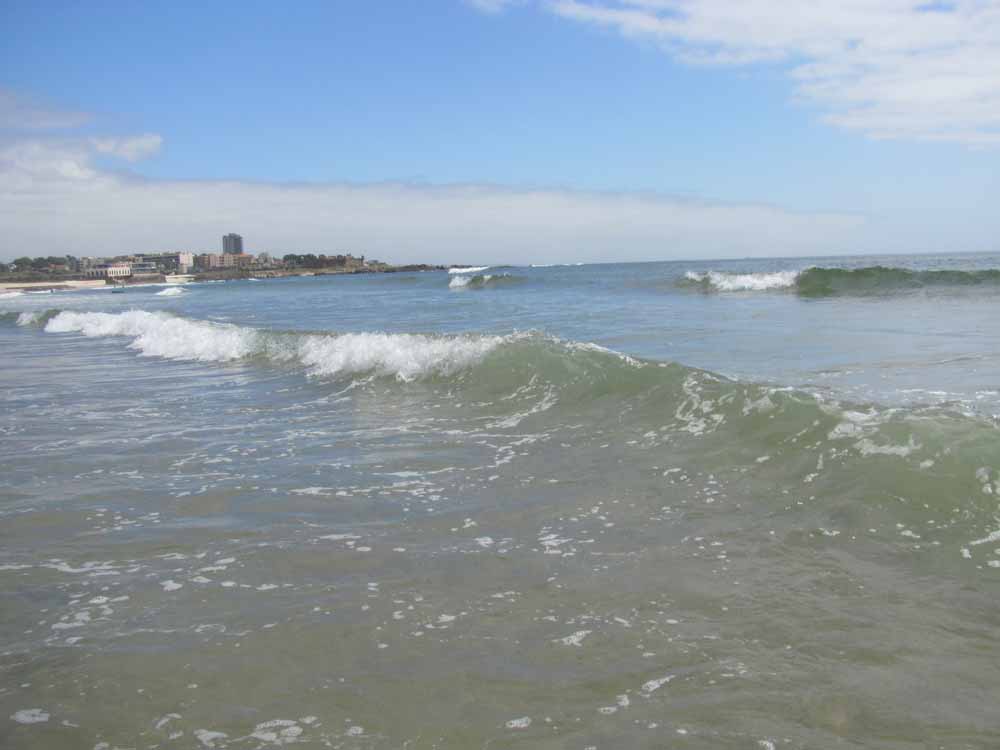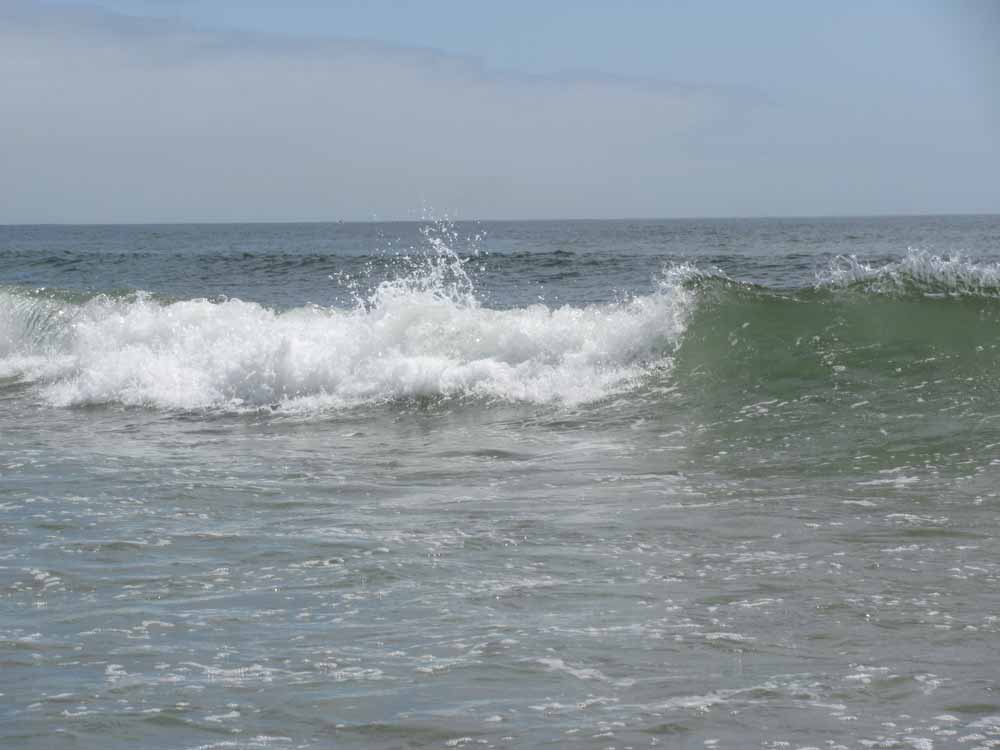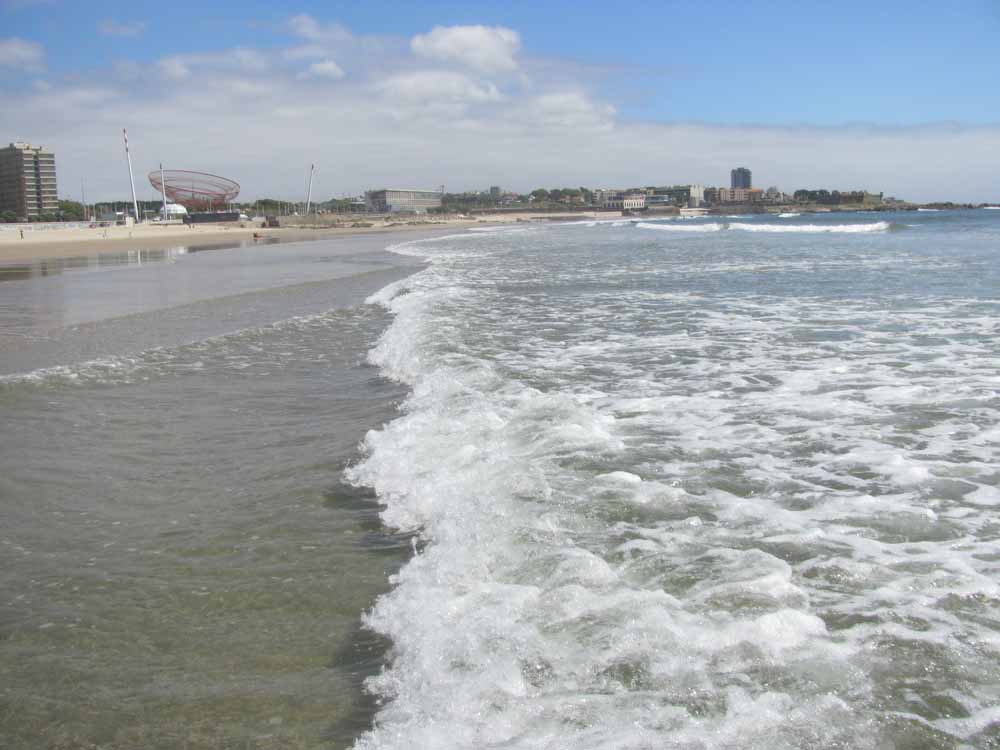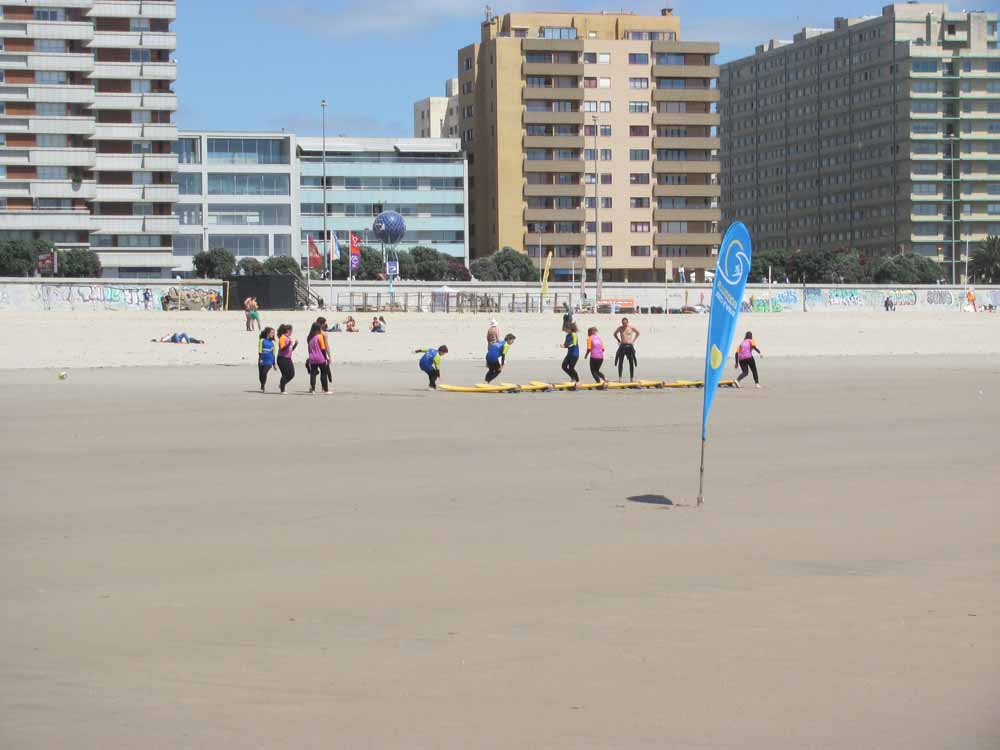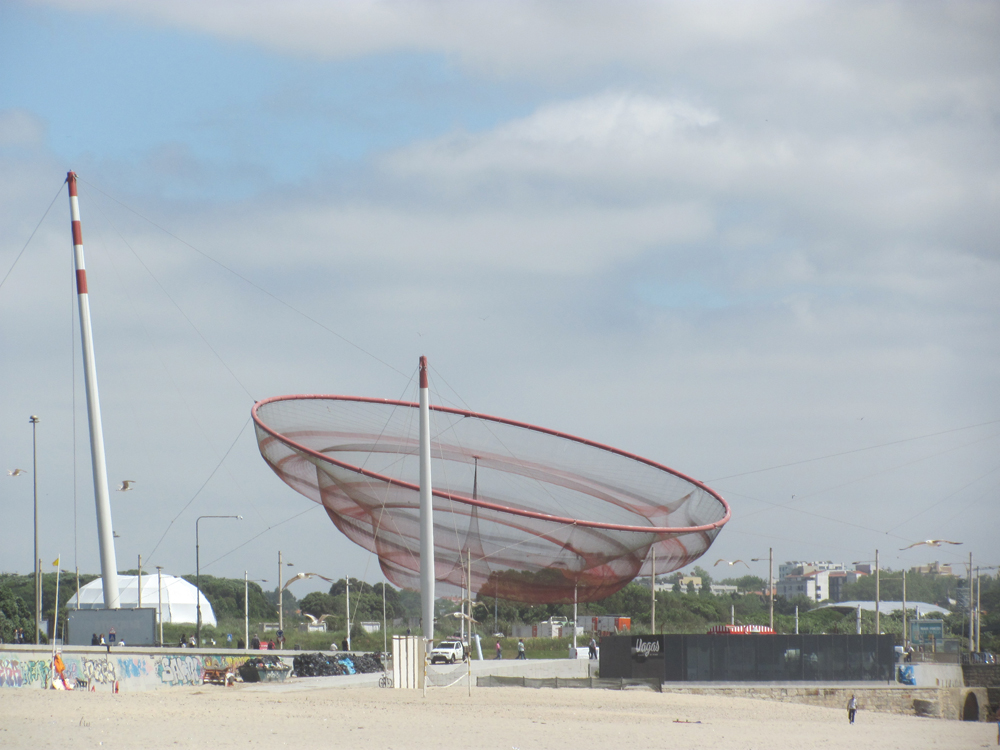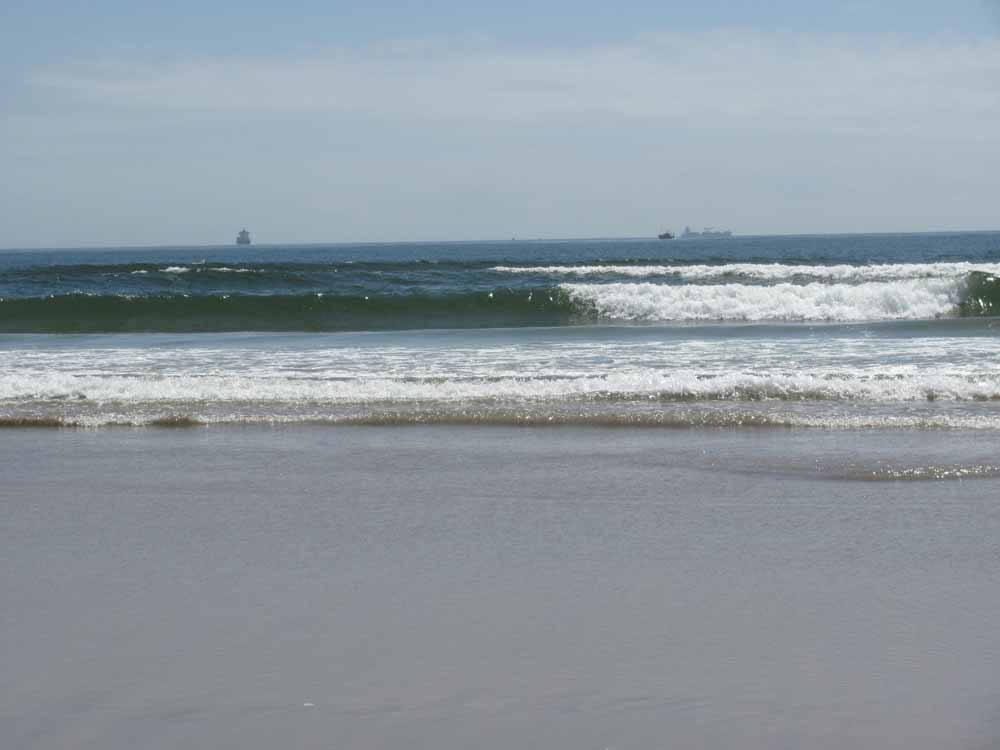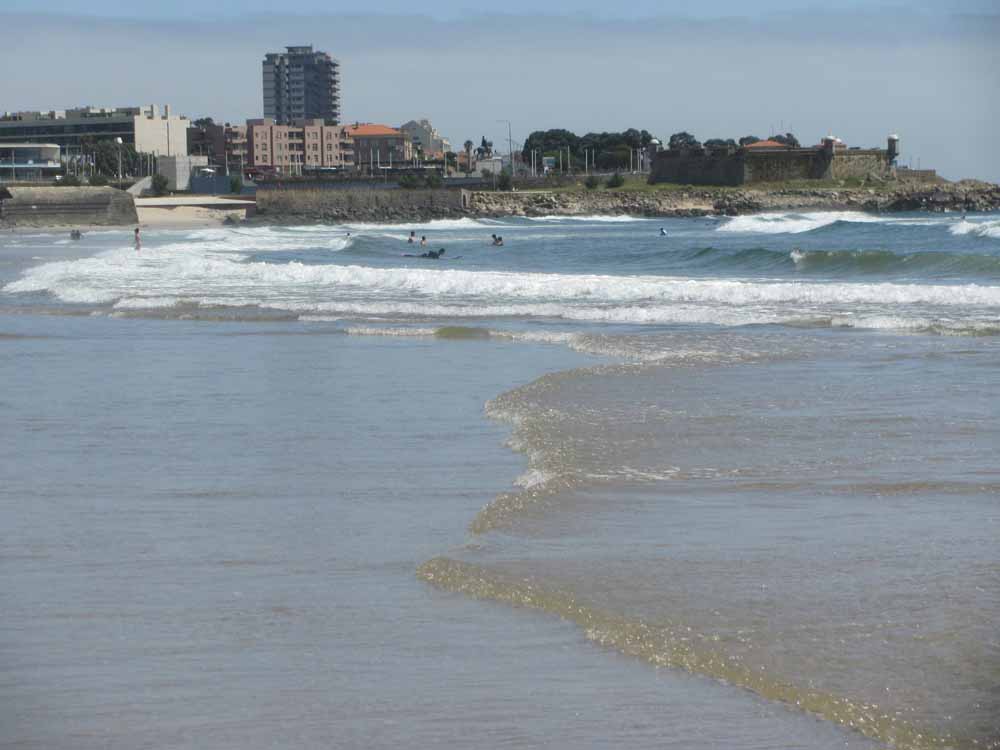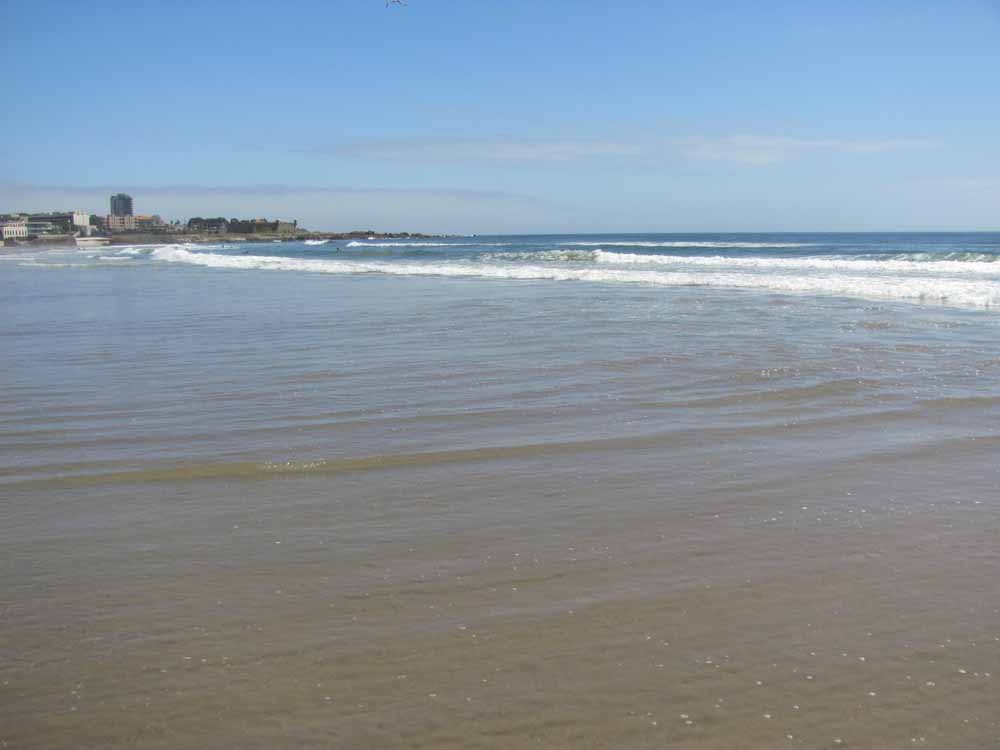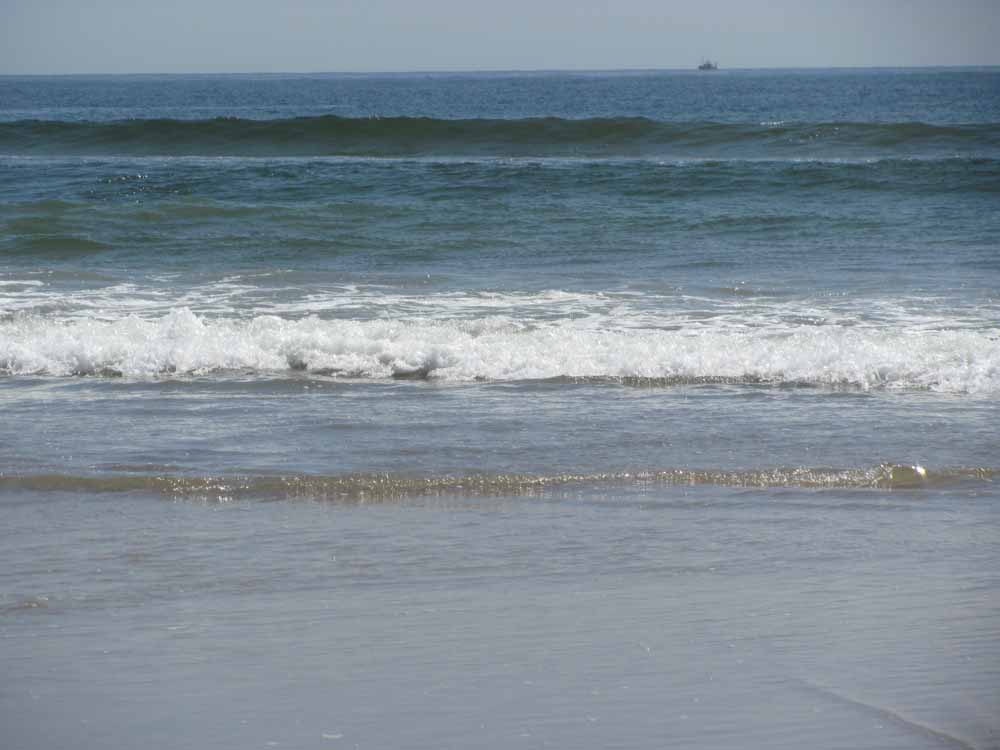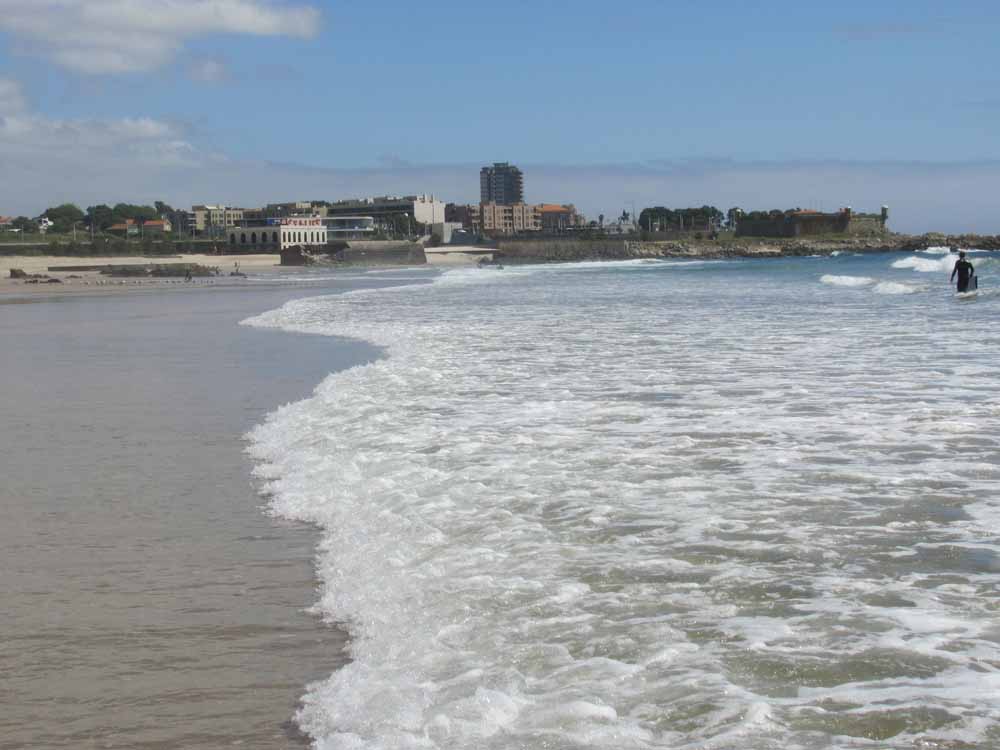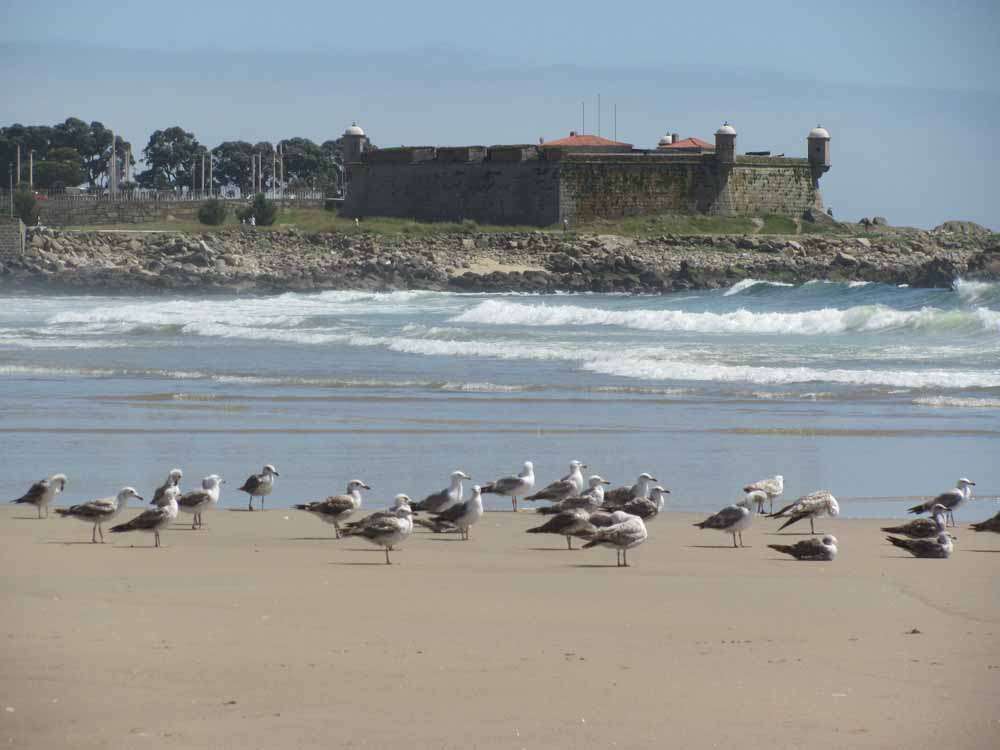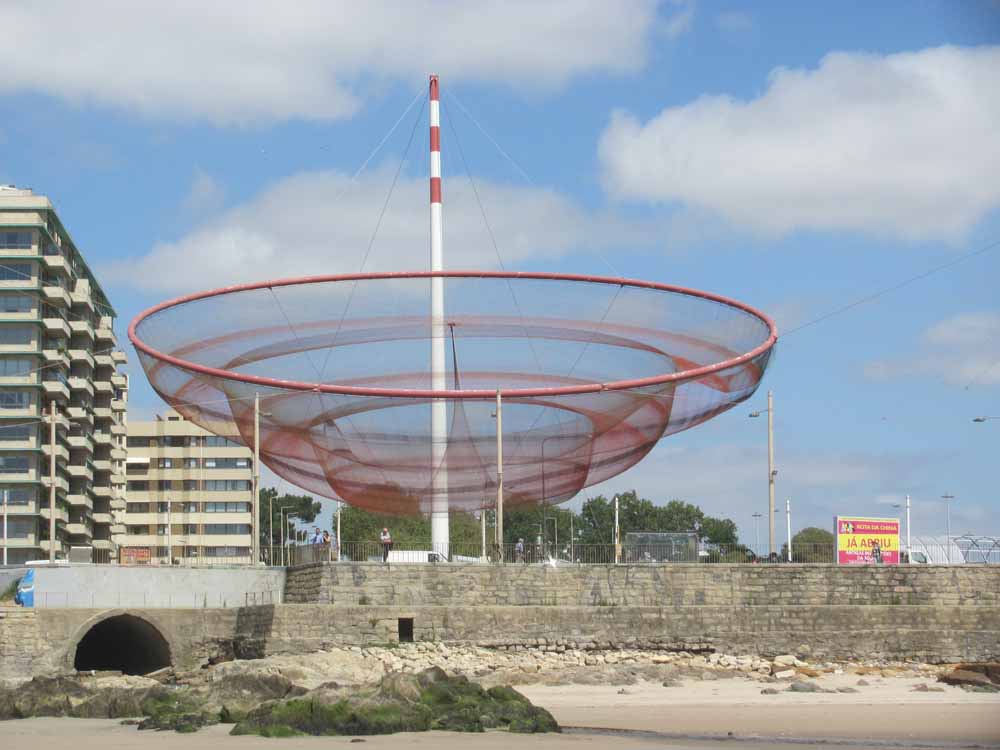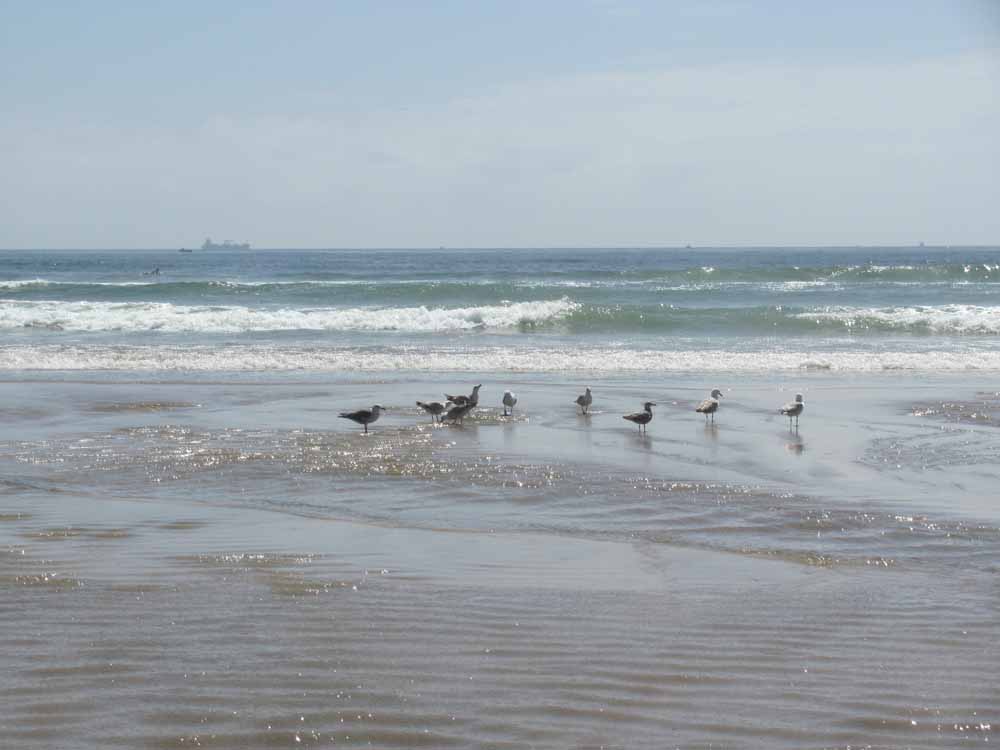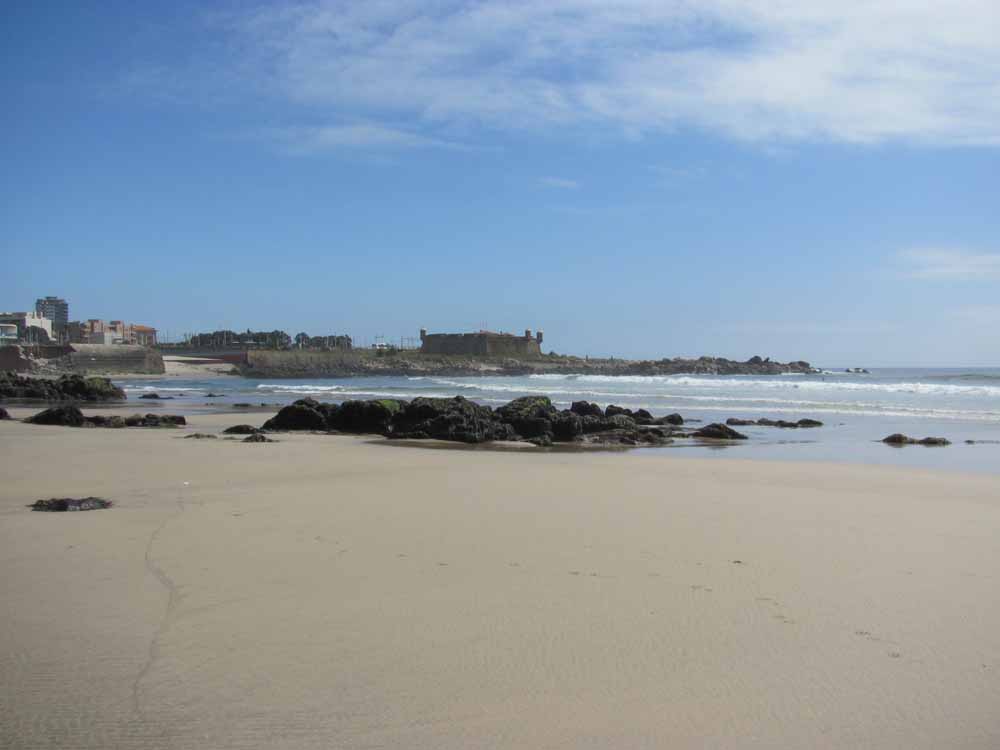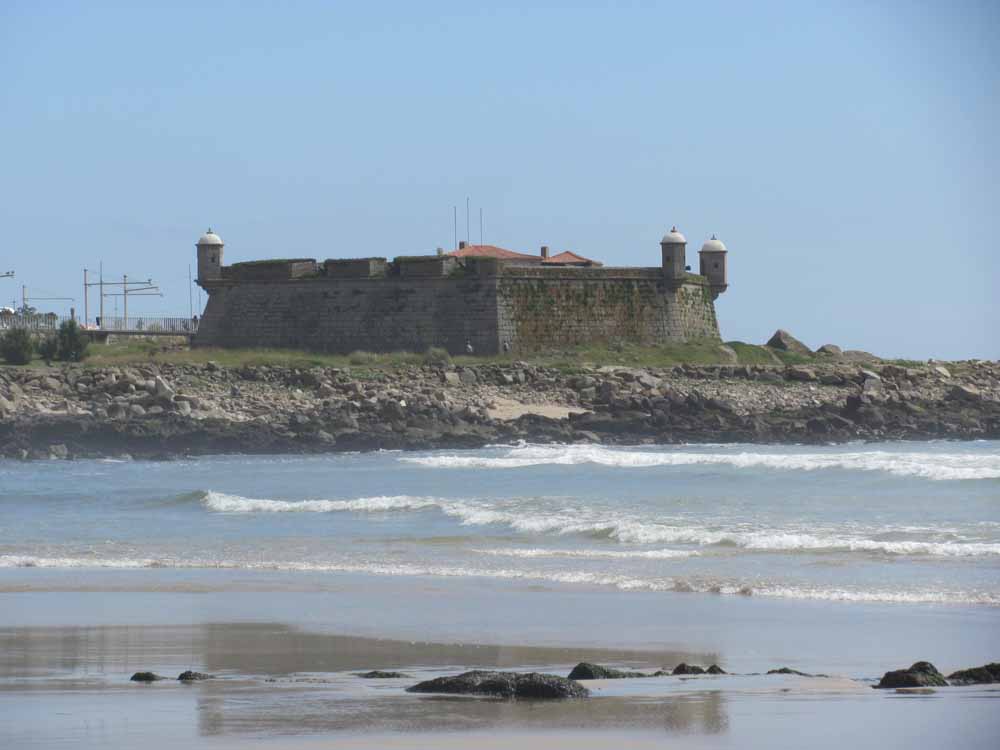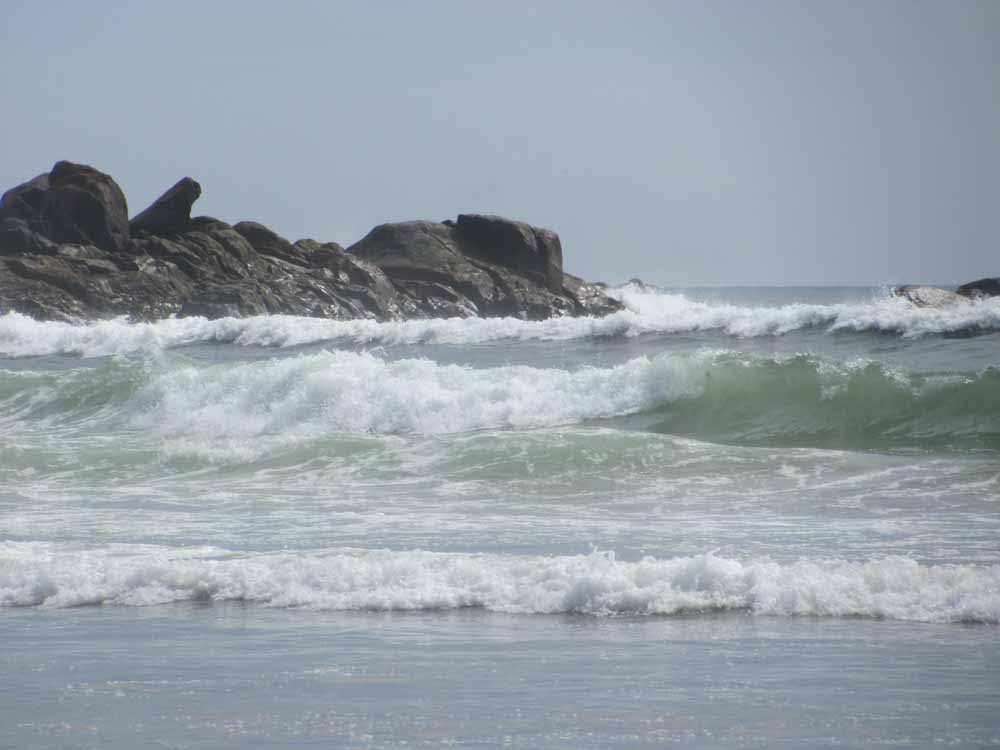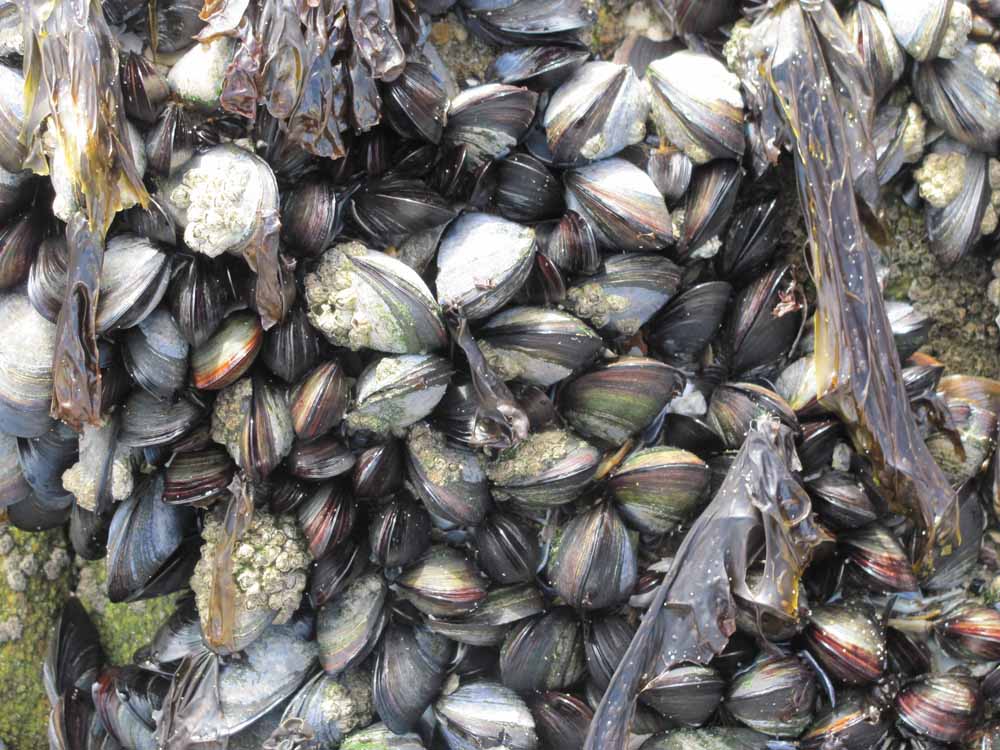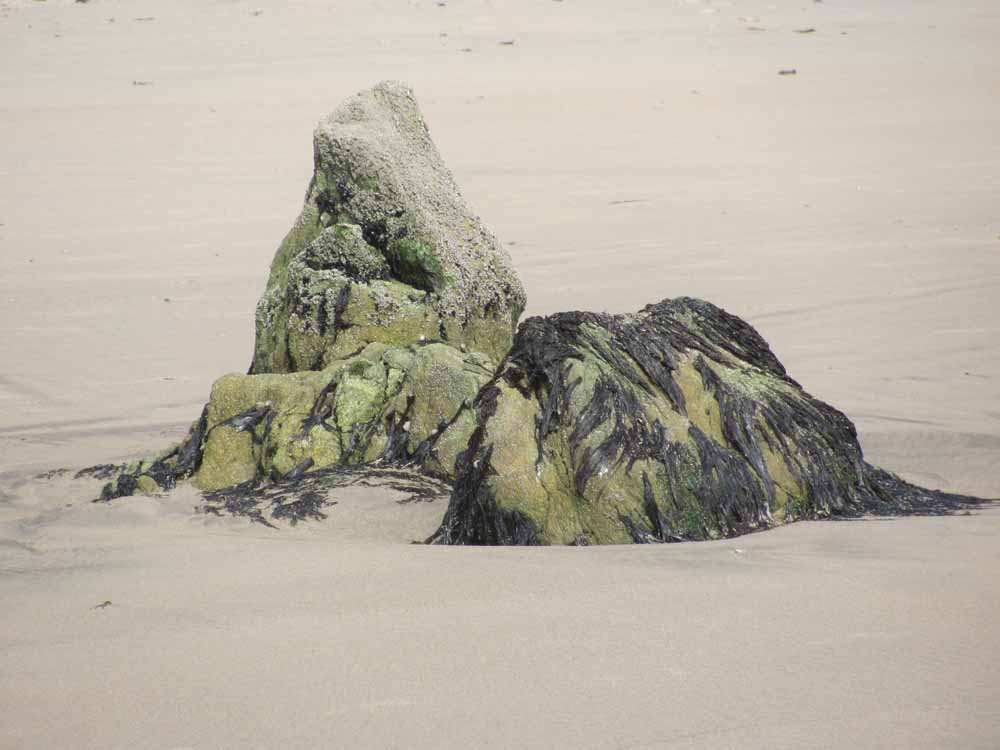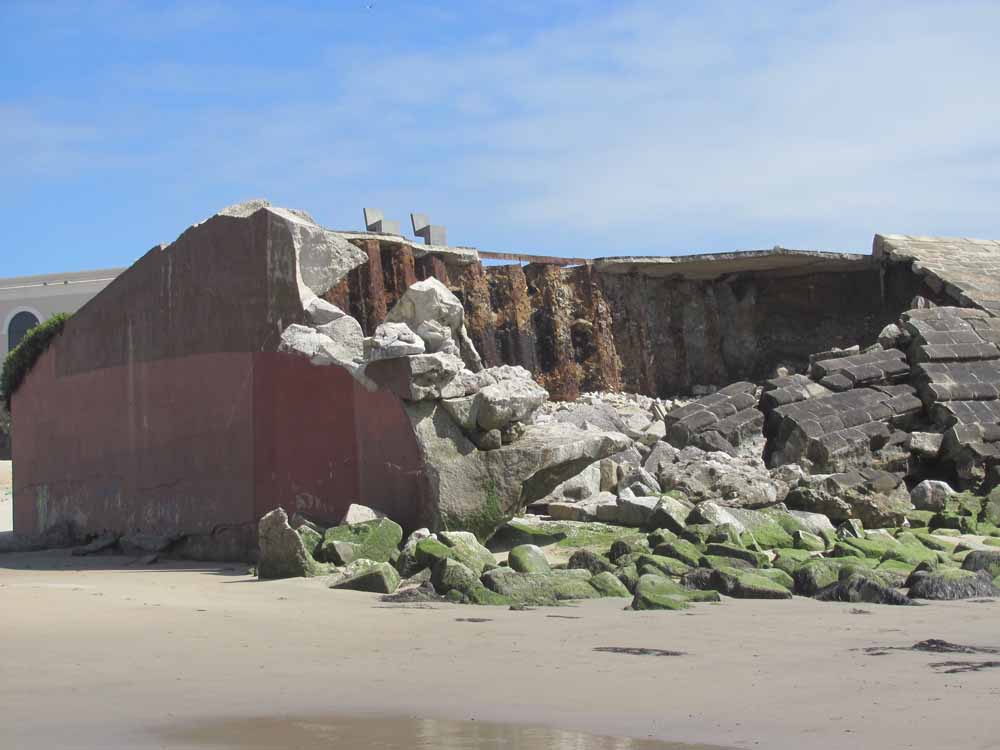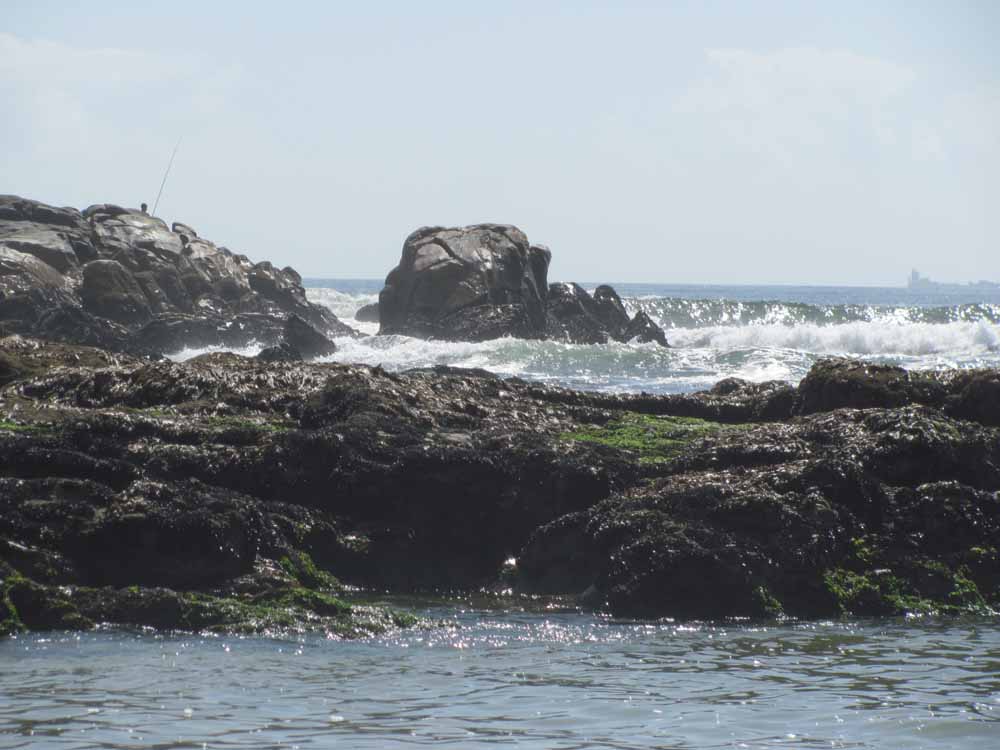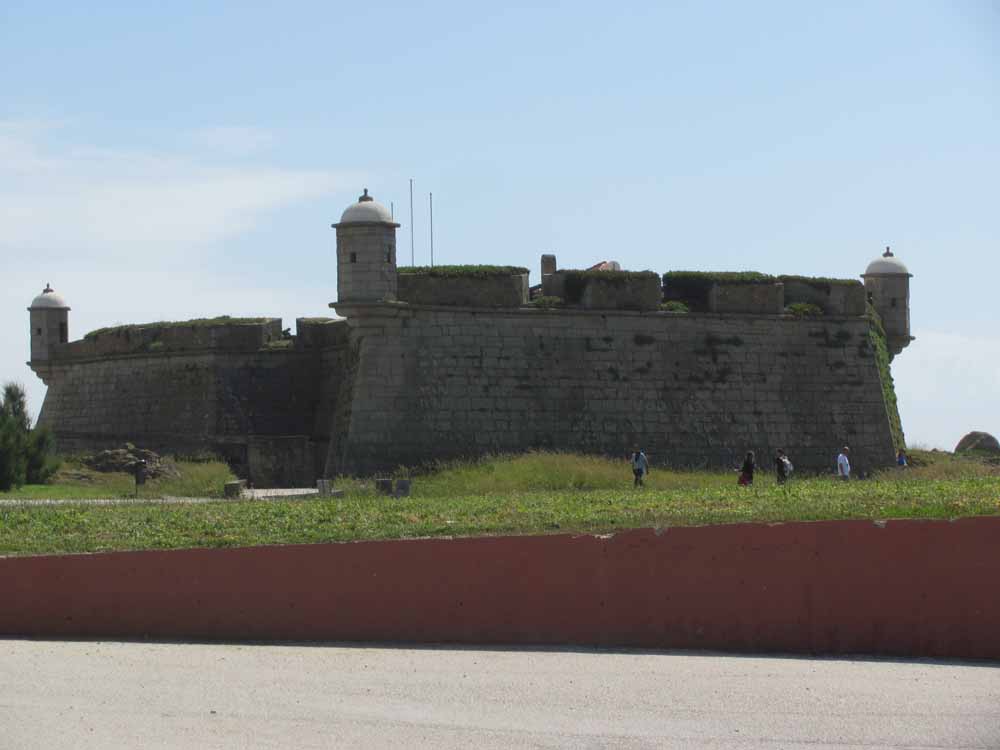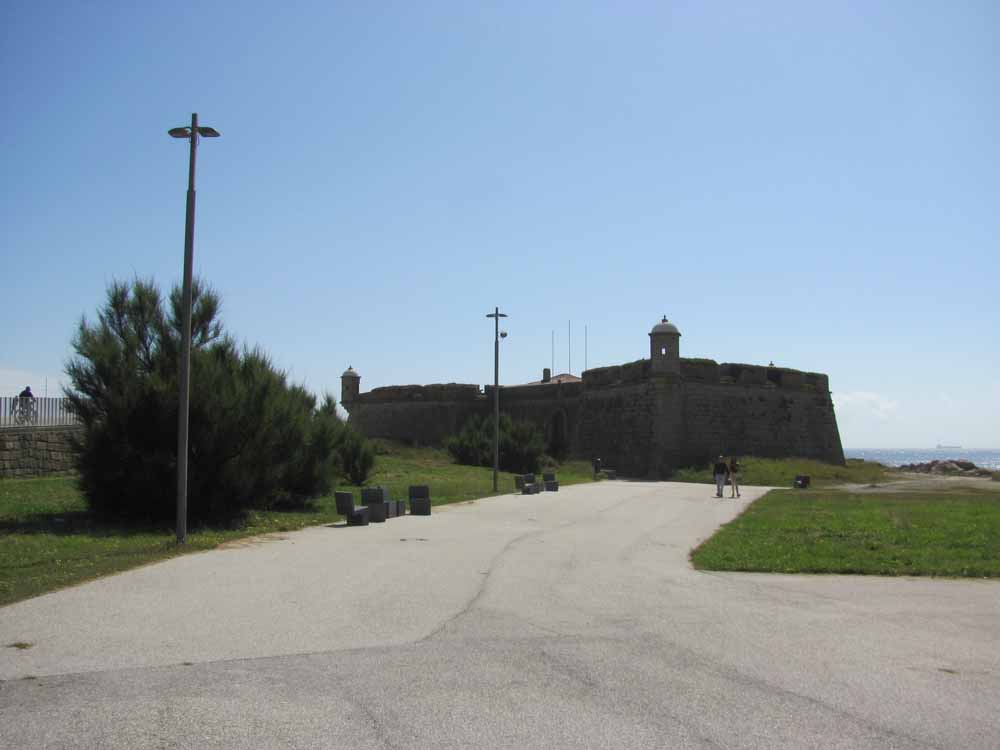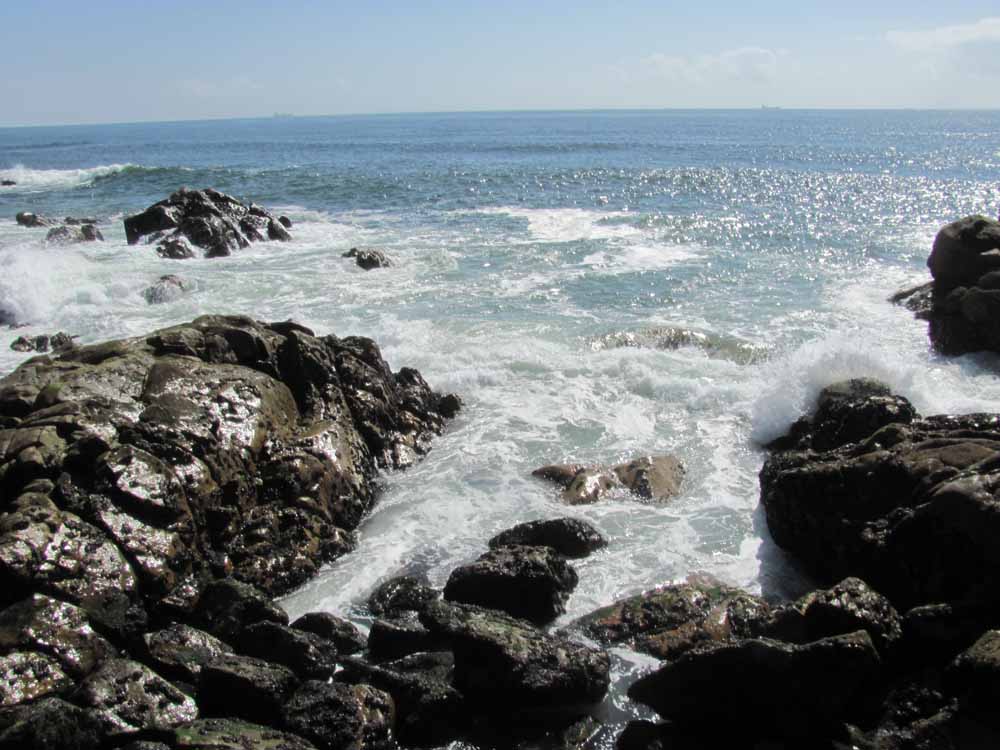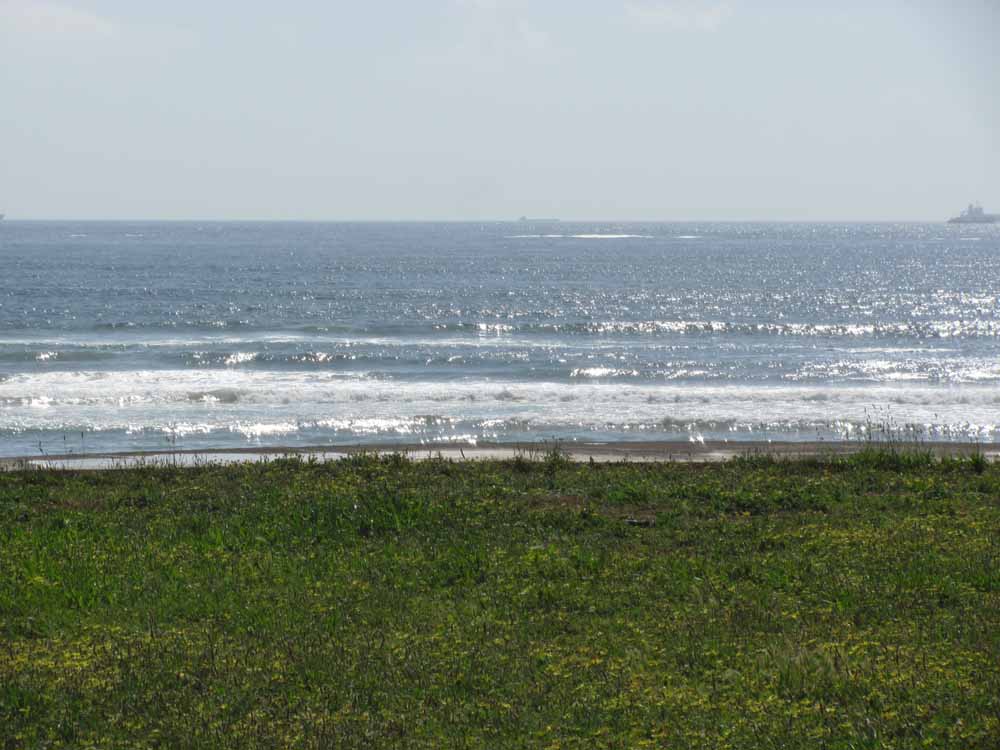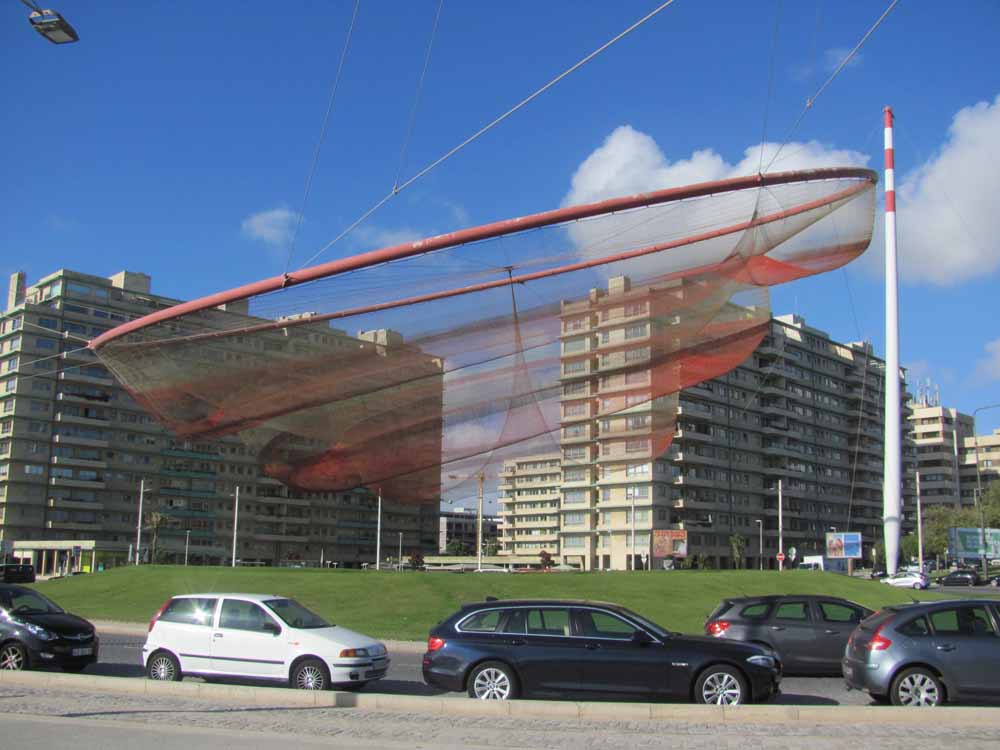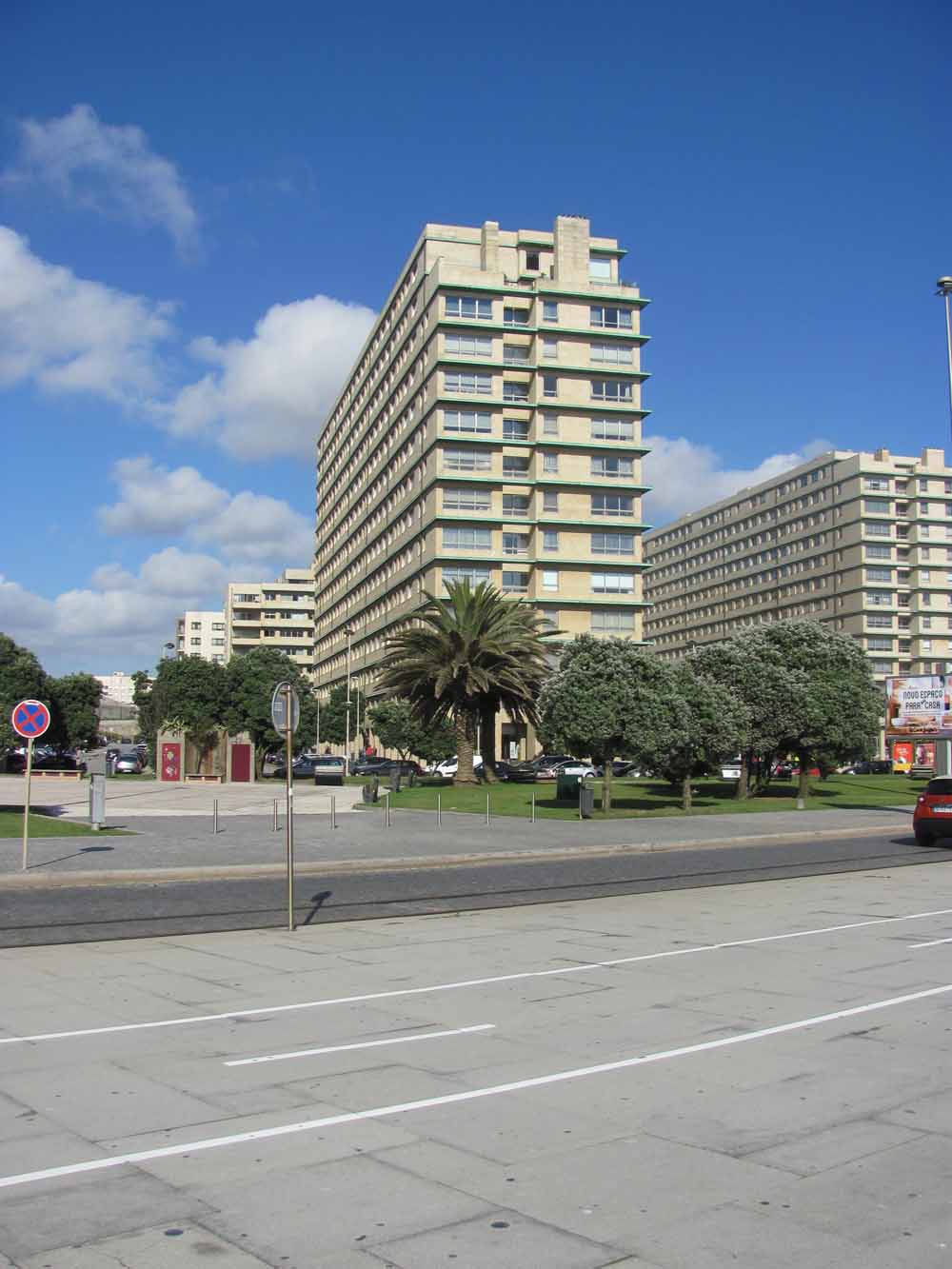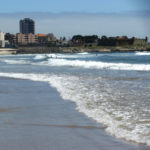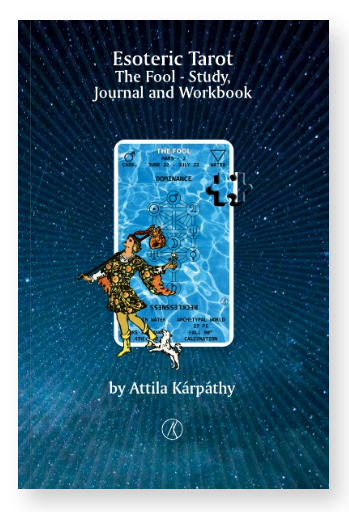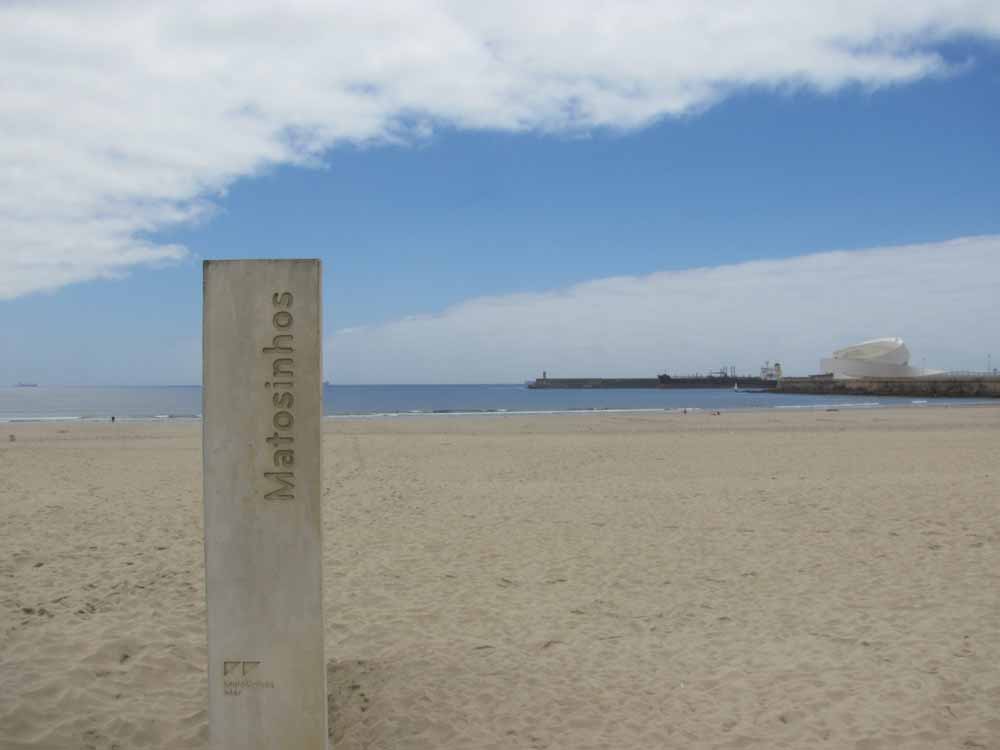
Matosinhos is a city and a municipality in northern Portugal. It is bordered to the south by the city of Porto and lies within the Greater Porto subregion. The population in 2011 was 175,478, in an area of 62.42 km². The city proper had a population of 45,703 in 2001.
The city was the birthplace of the architect Siza Vieira. It was also where poet Florbela Espanca died: a local library is named after her. Matosinhos is located on the seacoast and is a commercial and industrial centre in the Porto Metropolitan Area. Matosinhos has good summer weather, nice beaches, but cool water temperature.
When Portugal was established in the 12th century, Matosinhos already existed – it was called at that time Vila de Matesinum. One of the first official records referring to Matusiny dates from 1258, the result of Afonso III inquiries. At that time Matosinhos was a humble place, part of the parish of Sandim. Matosinhos has some local landmarks such as Forte de Nossa Senhora Da Conceição. (Source: Wikipedia)
The Fort of Leça da Palmeira or alternately the Castle of Matosinhos is a 17th-century fort located in civil parish of Leça da Palmeira, municipality of Matosinhos in the Greater Porto region of Portugal.
The fort was begun in 1638 in the area known as Santa Catarina by João Sá e Meneses, then Count of Penaguião, which they initially designated as the Forte de Nossa Senhora das Neves da Barra de Leça (Fort of Our Layd of the Snows of the Leça Sandbar). The objective of this fortification was to reinforce the sandbar of the mouth of the Douro, in conjunction with the Fort of São Francisco Xavier do Queijo, and the Fort of São João da Foz.
With the beginning of the Portuguese Restoration War in 1640, the conclusion of the project took on a greater importance.But, by 1642, the fort was not yet completed, such that officials of the municipal council of Porto petitioned King John IV to force the quick conclusion of the public works. The construction only continued in 1646, and two years later the first garrison of six soldiers was instituted by royal order. But, the establishment of the garrison did not mean the construction was concluded. In 1655, a new petition was sent to the King, yet the construction would drag onto the next century.
In 1701, the fort, still uncompleted, was home for a larger group of soldiers, artillery emplacements and four cannons. It was only in 1720 that the fort was finally completed.
During the Liberal Wars, around 1832, the fort had suffered some damage, and reconstruction were completed in the warehouses, the drawbridge, internal staircase and the parapets. A few years later, the fort lost its military function, with the removal of the garrison, and in 1844 the main square became the location of the customs house of Porto.
In the 20th century, the fort was transferred to the Captaincy of the Port of Leixões, where they installed their services.
In 1962, a landscaping project was completed by Ilídio de Araújo, who beautified the grounds and area around the fort. (Source: Wikipedia)
In 2005, the municipality funded a public sculpture to be built in the Waterfront Plaza of Matosinhos. The resulting sculpture is entitled She Changes by American artist, Janet Echelman, and spans the height of 50x150x150 meters.
She Changes, known locally as anémona (the anemone) is a sculpture designed by artist Janet Echelman for the cities of Porto and Matosinhos, Northern Portugal. The installation consists of three steel poles, cables, a 20-ton steel ring, and a net structure of varying densities and colors. The sculpture is Echelman’s first permanent public art installation.
The sculpture is designed to reflect Porto’s and Matosinhos’s seafaring and industrial heritage. The three support poles are painted to resemble the smokestacks and lighthouses in the area. The net structure is meant to reference the city’s fishing industry.
The three support poles range in height from 25–50 m in order to hang the 20-ton, 45 m diameter steel ring at an angle to the ground. The net is woven together from 36 individual sections of varying densities, which give the net its shape. The net material is made of TENARA architectural fiber, a UV-resistant material made of PTFE, Polytetrafluoroethylene. (Source: Wikipedia)
